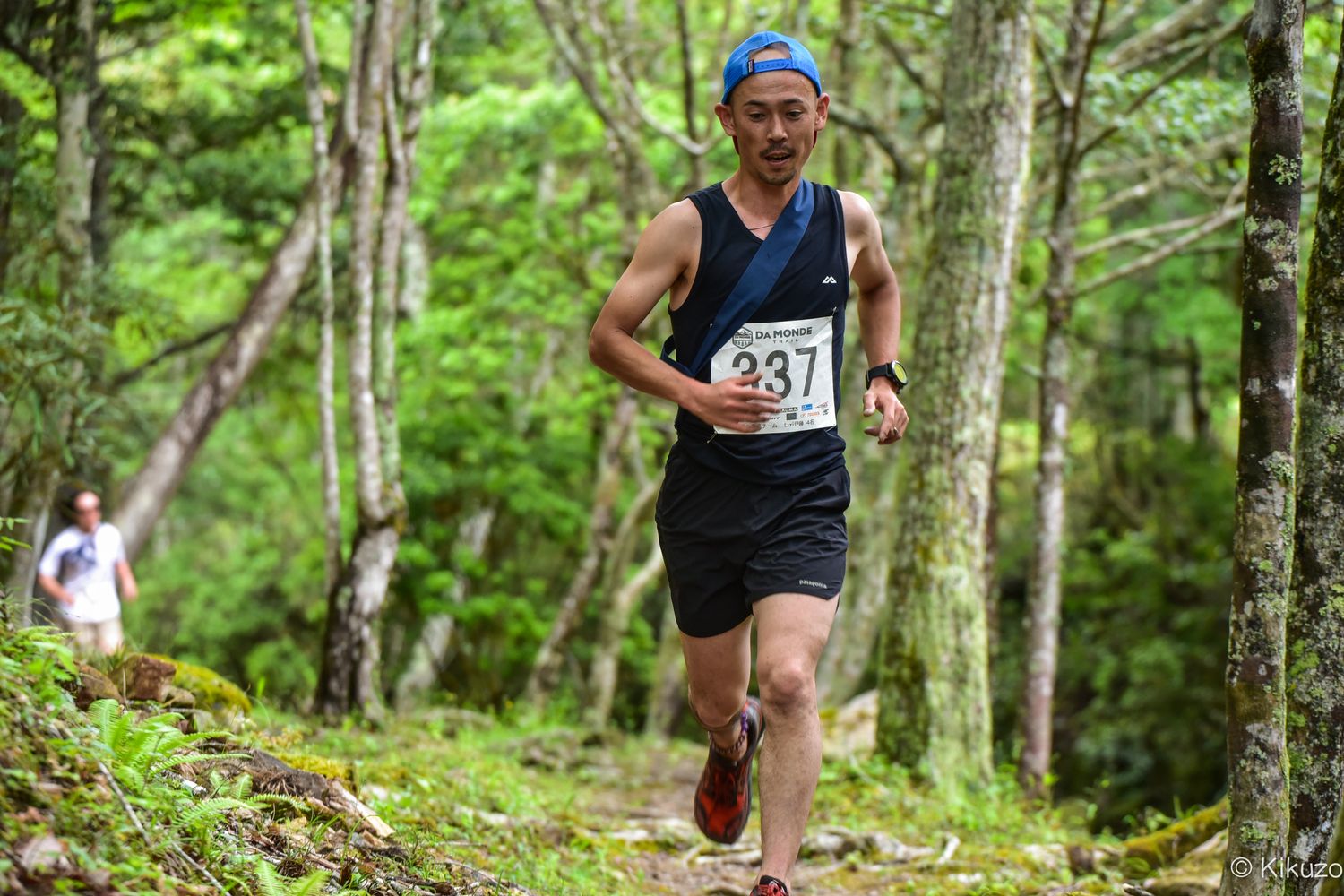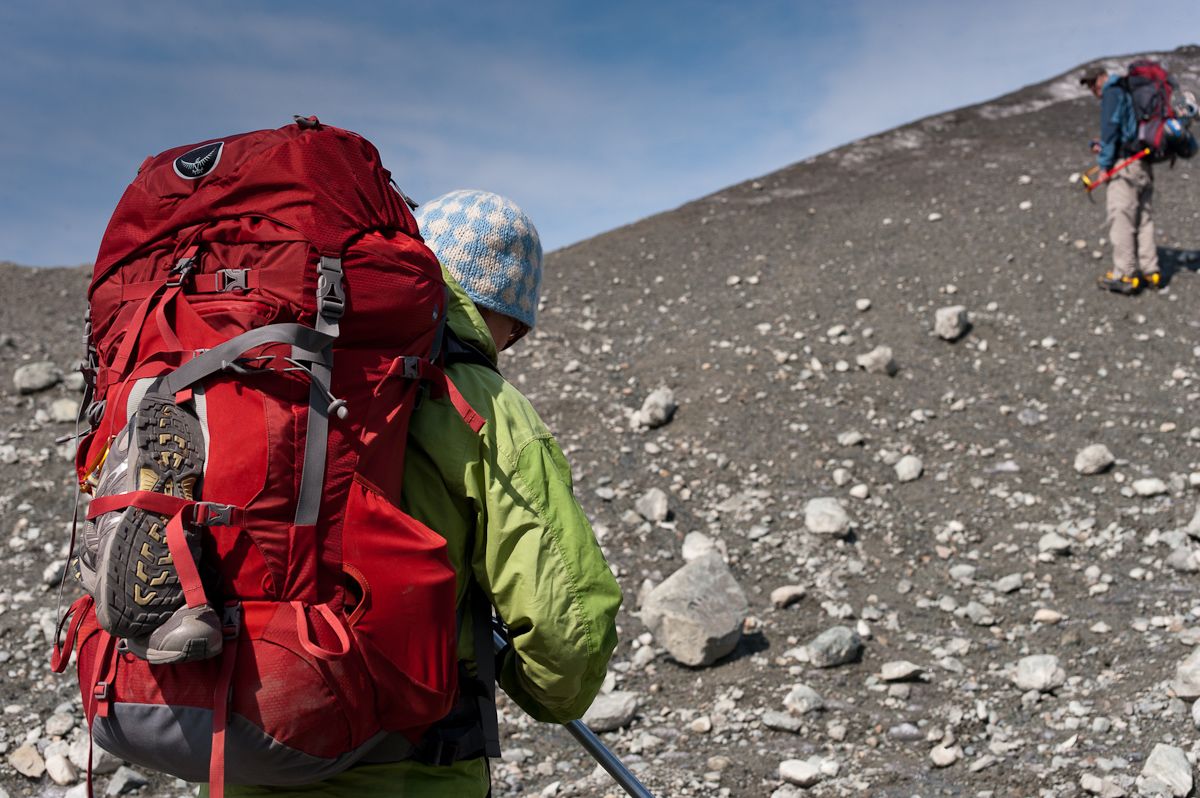How to Train for Your Next Mountaineering Adventure
With the peak mountaineering season rapidly approaching, many climbing enthusiasts and aspiring mountaineers are preparing for the first trip of the 2021 season.
Once the destination has been chosen and the guiding service booked, it is time to begin training. While having all the necessary technical skills is important for a successful trip, being in the proper physical condition is also crucial for success.
From the Alps to the Himalayas, guiding services and national parks routinely report the lack of physical fitness as the main reason for mountaineering expeditions to fail.
As a result, it is important to begin training months before a climb. However, there is no one-size-fits-all regime that can be universally adopted. A climber’s base level of fitness, medical conditions and body type all impact the amount and type of training that they need to accomplish prior to an expedition.
First Steps
Prior to beginning a training regime, especially for first-time climbers, it is important to go to the doctor and make sure that there are no underlying conditions that may affect what you can and cannot do.
Once getting the ok from the doctor – a trip which is well worth taking as many guiding services ask for proof of a physical prior to the start of an expedition – it is time to begin training.
Coley Gentzel is the program coordinator at the American Alpine Institute and a guide for Denali. He says that while every person and expedition is different, there are a few constants that all mountaineers should keep in mind when getting started.
Keep reading: Top Health Benefits of Hiking and Mountain Climbing
“Remember that with whatever training program you use, start gradually; don't push it if you have prolonged soreness; stop and get an exam if you sense an injury; and make sure to drink a lot of fluids (water or exercise drink mix) before, during and after your sessions,” he says.
For most high-elevation climbs – such as ones in the Alaska Range, Andes or Himalayas – it is usually best to start training six months prior to the expedition. This means beginning in November for a May expedition.
The types of training
.jpg)
There are four different types of training that are critical for mountaineering: endurance training, climbing conditioning, strength training and flexibility training.
“Although for [ice and rock] climbing and mountaineering the importance and relevance of the four basic training regimes differ,” says Rolfe Oostra, the co-founder of 360 Expeditions.
Keep reading: Who are IFMGA Guides and Why Should You Hire One?
“For climbing, strength and flexibility-based training regimes are more important to focus on and, for mountaineering, conditioning and endurance [are most important],” Oostra adds. “Since our clients are trekkers and mountaineers we focus on conditioning and endurance-based exercises in the build-up to their expedition.”
Endurance Training

Oostra says that stamina and endurance are the most important facets of physical training since the majority of a mountaineering expedition will involve steadily hiking uphill with a rucksack over a long period of time – usually consecutive hours without a chance to stop.
However, he warns that you have to be smart with endurance training and emphasizes long low-intensity aerobic workouts over anaerobic workouts.
“For years, I did a daily hour-long uphill run carrying a five kilogram (11 lbs) rucksack and called it good to maintain my fitness for expeditions,” he says. “But if you’re trying to prepare for an ultra-endurance event like a high-altitude mountaineering expedition, this type of training will offer you almost no benefit.”
Instead, Oostra says that it is important to focus on an exercise regime that will train your body to burn intermuscular fat stores.
“A high-altitude, low-oxygen environment dramatically suppresses one’s appetite, and as a result, mountaineers struggle to take in enough calories,” he says. “Fat is the essential fuel for a long-duration event like an expedition to a 6,000-metre peak because our bodies can store many days’ worth of it.”
“For the big expeditions, consider long-duration workouts over many hours at a low intensity on an empty stomach,” Oostra adds.
Normally, endurance workouts involve both the aerobic and anaerobic circuits operating simultaneously. The trick for preparing to climb is to avoid triggering the anaerobic circuit and instead focussing exclusively on aerobic exercises.
“There is little benefit in pushing your body past its aerobic threshold – or, in other words, past a level of effort that you can sustain more or less indefinitely,” Oostra says. “What’s actually needed is the ability to forestall activating the anaerobic circuit while still exerting oneself – all day long. This kind of fitness can be achieved only by racking up hours and hours of low-intensity exercise.”
Oostra recommends that climbers heading to high altitudes head out on eight to 10 hour-long hikes with a weighted pack three times per week in the months leading up to an expedition.
For those without the time to do this, heading out on a two to three-hour bike ride that involves several ascents and descents, while maintaining an all-day pace, is also a good option.
Climbing conditioning

Along with endurance training, climbing conditioning is one of the most important aspects of preparing for a mountaineering expedition.
Climbing conditioning exercises often work as endurance exercises, but the main point of them is to strengthen all of the muscle groups that will be required to make steady and steep ascents, some of which are not commonly used in day-to-day activities.
“It's no big secret that climbing is the best training for climbing,” Gentzel says. “Once again considering reality, most of us don't have the opportunity to get into the mountains on a regular basis as part of a training program.”
Instead, Gentzel recommends trying to simulate the physical challenges that climbers will encounter on the mountain, such as hiking in the snow with snowshoes or climbing stairs with a weighted pack and cycling, preferably over non-paved terrain.
If possible, heading to a climbing gym at least one day per week during the training is also great, but not always widely available.
Oostra says that for people who are unable to get to the gym or out into the mountains, there are plenty of great exercises that can be done at home.
“Stairmaster and those mobile running machines work well,” he says. “But when my boss asks me to put in a day behind my laptop, I make a point of doing 20 situps, 20 pushups and 10 chin-ups every hour on the hour.”
“After an eight-hour day that’s quite a lot of basic strength training plus if I had a running machine, I would do a 40-minute run at six kilometres per hour (3.7 milers per hour) before starting the grind,” he adds.
Strength Training

In terms of a mountaineering expedition, strength training usually focuses on the lower body and core, which bear the brunt of carrying heavy loads up the side of a mountain. Mountaineering expeditions that involve long stretches of ice and rock climbing will also require substantial upper body and finger strength.
Since no two mountaineering trips are the same, climbers should always check in with their guide to find out what kind of strength training is best.
“Climbing and mountaineering require far more endurance than they do sheer strength,” Gentzel says. “As a general rule, you should use less weight and do more sets and reps than a typical weight training program would include. Our target here is overall fitness and longevity of performance rather than sheer strength, explosive power, or building muscle mass.”
Additionally, it is best to train entire sets of muscles rather than exercises that only target one specific muscle.
Many guides recommend jump squats, step-up exercises, heel-down exercises and single-leg deadlift exercises for working out leg and gluteal muscles.
Jump squats serve as a great exercise for the lower body and legs. Doing 15 to 20 at a time helps develop power in the lower legs, which is great practice for making steep ascents. Best of all, they can be done at home with no props.
Step-up exercises, on the other hand, strengthen the quad and gluteal muscles. Unlike jump squats, step-ups do require the use of a stable surface that is preferably 20 centimetres (eight inches) off the ground.
Start off by trying out just 15 step-ups on each leg. As you get stronger, start adding weight while doing the step-ups. Wearing a weighted back is preferable to holding weights in your hands.
Along with climbing up, mountaineering also involves going down. Heel-down exercises strengthen the gluteal muscles and quad, providing climbers with the strength and balance to maintain control while lowering their bodies with a weighted pack. They are also good for strengthening the knee and preventing injuries.
Just like the step-ups, heel-down exercises also require a stable surface that is roughly 20 centimetres above the ground.
Moving up the body, single-leg deadlifts are the perfect exercise for strengthening the hips and core. These exercises will help with your balance, which is critical for climbing along exposed ridgelines.
Standing on one foot with a slight bend to the knee, bend forward at the hip and extend one leg backward. Return to the starting position by squeezing your glutes. Do this 20 times before switching to the other leg.
Away from legs and lower body, strengthening the core is also important. A series of exercises, including sit-ups, side planks with lateral pull downs and lift exercises will all strengthen the core while mimicking ranges of motion used for mountaineering.
Flexibility Training

Finally, having a large range of motion for your muscles and being flexible is important for climbing. Engaging in flexibility training helps lower recovery times during a climb and prevents muscular injuries.
Oostra says that while a greater emphasis is placed on flexibility training for ice and rock climbers, it can also be quite helpful for trekkers and mountaineers.
“Having said that, many of our clients find that doing regular yoga prior to an expedition is very beneficial when it comes to more technical aspects of a summit push like traversing glaciers or moraine or steep ground where balance and flexibility are required,” he says.
Be sure to finish every training session with about 15 minutes of stretches. This will allow blood to flow to all of the muscles that have been exerted and reduce soreness.
Do something every day
While most guides recommend that climbers start to train between two and six months before heading out on an expedition, Oostra emphasizes that having a strong level of basic fitness goes a long way in preparing for all types of expeditions.
“For Aneto or an easy 4,000-metre peak in the Alps not too much training is necessary provided the person is enjoying an active and sporty lifestyle,” he says. “It is important to at least do something every day towards keeping in shape.”
“A lot of our clients run every morning and cycle to work,” Oostra adds. “Others practice daily yoga and walk on weekends. Once a basic level of fitness is achieved and maintained then it is easier to build on this for the training requirements specific for the expedition you signed up for.”
Remember to always check with your doctor before beginning a new type of training regime and ask your guide for their recommendations when preparing for a specific mountaineering destination.